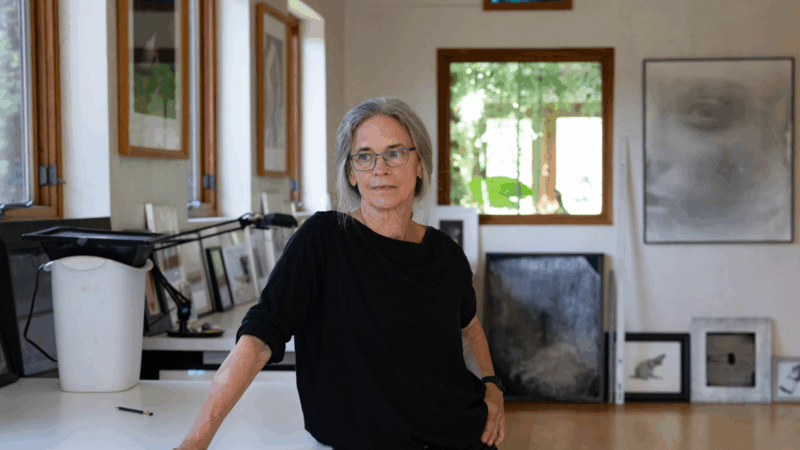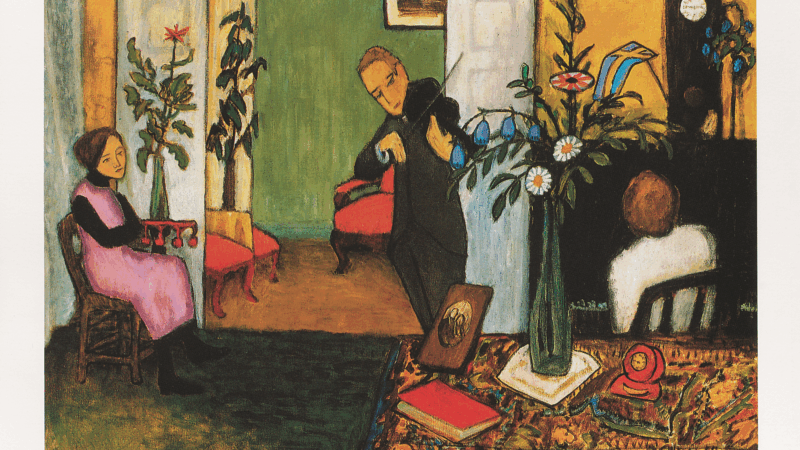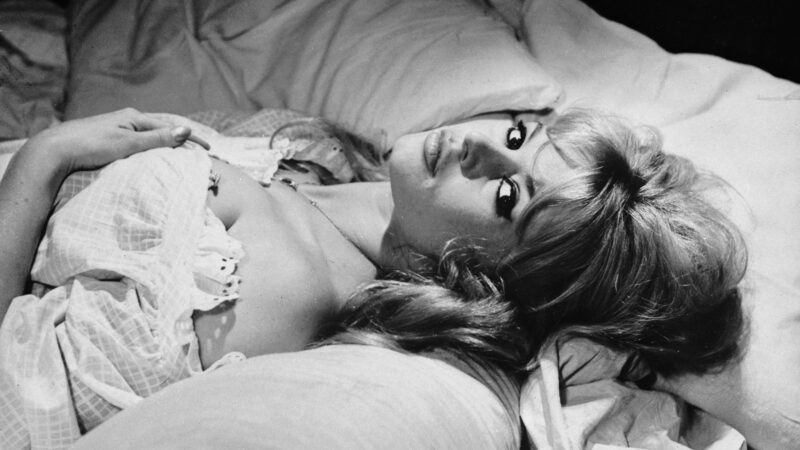Photographer Sally Mann warns of ‘new era of culture wars’ after art seizure
The winding road that leads to Sally Mann’s home in the foothills of the Blue Ridge Mountains is dotted with lush green fields, where horses graze and gallop when visitors turn a corner.
There’s a mythical feel to this place, her own “local,” which she’s called Three Graces. They of Greek mythology, muses to artists since time eternal who also lend their name to a print that the American photographer has yet to show in the United States.
“A guaranteed gut-flutterer but illegal as hell” — if it were deemed child pornography — is how Mann writes about the 1995 photo in her second memoir, Art Work, out this month. It’s a follow-up to her first, Hold Still.
Emulating traditional representations of the goddesses, Mann and her youngest daughter, Virginia, face forward while the eldest, Jessie, turns toward the ocean. They hold hands and appear graceful and elated as they urinate. Mann calls herself a “chicken” for not including the image in the book. “I’m risk-averse fundamentally. And more so now,” she said during a recent conversation at her studio.
That’s because Mann, whose work is held at major art institutions around the world, is reeling after police seized four of her most celebrated — and reviled — photographs off the walls of the Modern Art Museum of Fort Worth in Texas in January. “Awful” and “shocking,” she recalled.
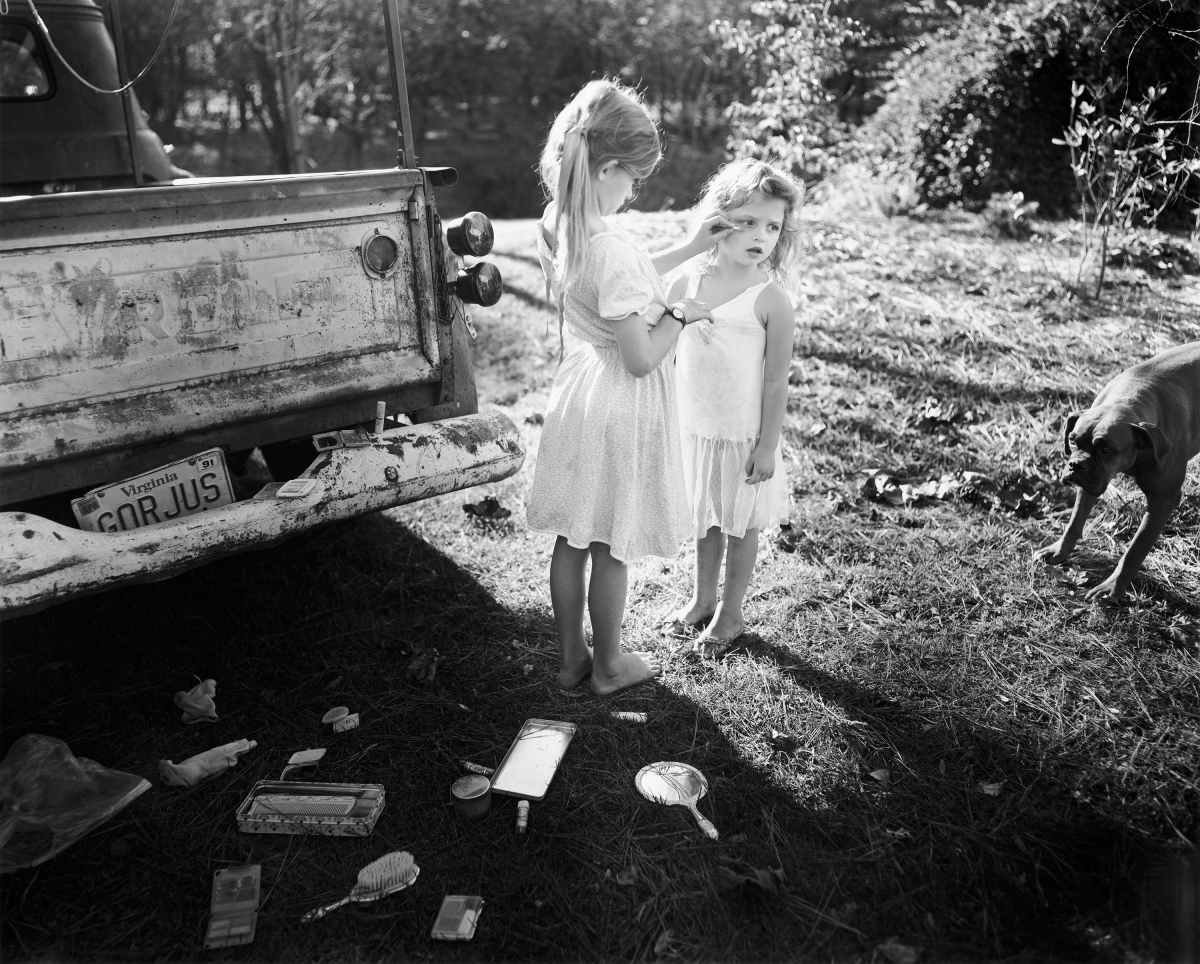

In one, a toddler Virginia is asleep, sprawled across a bed she wetted. A popsicle drips on son Emmett’s lower body, genitals included, in another. It’s a tribute to early 20th century photographer Edward Weston’s “Torso of Neil” (1925), of his own son. Both similarly evoke a marble sculpture, in “marmoreal” fashion to borrow one of Mann’s favorite terms — she keeps a list handy — but Weston’s is cropped above the sensitive bits.
The black-and-white images are part of Mann’s Immediate Family series, which became a flashpoint during the 1990s culture wars. Still, not once were her prints taken off the walls of a public site, until this year’s seizure.
The Danbury Institute, a conservative Christian advocacy group, accused the museum of displaying “child pornography” in a December 2024 open letter. Backed by some local elected officials, they demanded the photographs be removed. “Children cannot consent to such photography, and displaying these images publicly only perpetuates their exploitation,” the group said. “Such actions degrade the values of our community, endanger the innocence of childhood and contribute to a dangerous cultural shift.”
After the prints were seized, the museum said that an “inquiry” had been made into the photographs, which “have been widely published and exhibited for more than 30 years in leading cultural institutions across the country and around the world.” Director of communications Kendal Smith Lake declined to provide any further comment to NPR.
A grand jury in Texas did not bring forward charges against Mann or the museum. The prints stayed out of the rest of the show’s run and were later returned to her gallery.
The incident has no recent precedent in the United States, though there are parallels. Amy Werbel, a professor of art history at the Fashion Institute of Technology, said that the events surrounding the removal of Mann’s photographs echo a period between 1873 and 1915 when “police empowered by anti-obscenity statutes” removed artwork from galleries and public spaces. Werbel said case law that emerged from that time made it more difficult to prosecute curators.
The much publicized 1990 obscenity trial around the late Robert Mapplethorpe’s explicit photographs of sadomasochism ended with an acquittal for Cincinnati’s Contemporary Arts Center and its director. The prints were not censored or destroyed, though the Corcoran Gallery in Washington, D.C., dropped a planned exhibit.
“We’re entering a new era of culture wars, I’m quite sure. And I think the people who are pursuing this are much more sophisticated and have many more tools at hand,” Mann said, pointing to social media as one such tool.


Mann predicts more attacks on art by, as she put it, people who don’t understand the art they’re vilifying but do understand it’s powerful.
“Nevermind that Jesus Christ is portrayed any number of times in great paintings nude, and there are little putti [chubby winged children] peeing into fountains right and left in every Italian garden,” she said. “This is just stuck in their craw, this whole notion of what is completely innocent child nudity and they somehow sexualize it. … That seems to be the trigger for them, the nudity.”
For law enforcement to remove artwork from a public institution could have a “chilling” effect on other museums and artists, Mann said.
The Trump administration has said it intends to audit exhibitions and holdings at eight Smithsonian Institution museums to determine whether they align with the “President’s directive to celebrate American exceptionalism, remove divisive or partisan narratives, and restore confidence in our shared cultural institutions.” In a post on social media, Trump called out “Museums throughout Washington” and those “all over the Country” as being “the last remaining segment of ‘WOKE.'” And a White House official, speaking on the condition of anonymity, told NPR that Trump “will start with the Smithsonian and then go from there.”
Those moves followed a March executive order that criticized the Smithsonian, saying it had come “under the influence of a divisive, race-centered ideology” and had been promoting “narratives that portray American and Western values as inherently harmful and oppressive.”
Mann said that artists like her now live with the fear that their art could be seized. “They’re not just reviewing the Smithsonian,” she said. “They’re actively rewriting history. And that’s terrifying. This is Orwellian.”
Lindsey Halligan, the lawyer who has been leading the review of the Smithsonian’s exhibits for the White House, rejected that characterization. Halligan told NPR that Trump’s executive order aims to “depoliticize our nation’s museums and ensure the Smithsonian presents history with balance, integrity and openness” and that “history is not being erased but shared more fully, free from partisan influence.”
Citing the Fort Worth controversy, Halligan said she thinks Mann’s photography should “never be in a federally funded institution like the Smithsonian.” (Trump has said he plans to nominate Halligan as the top federal prosecutor for the Eastern District of Virginia.) The Fort Worth museum is not part of the Smithsonian.

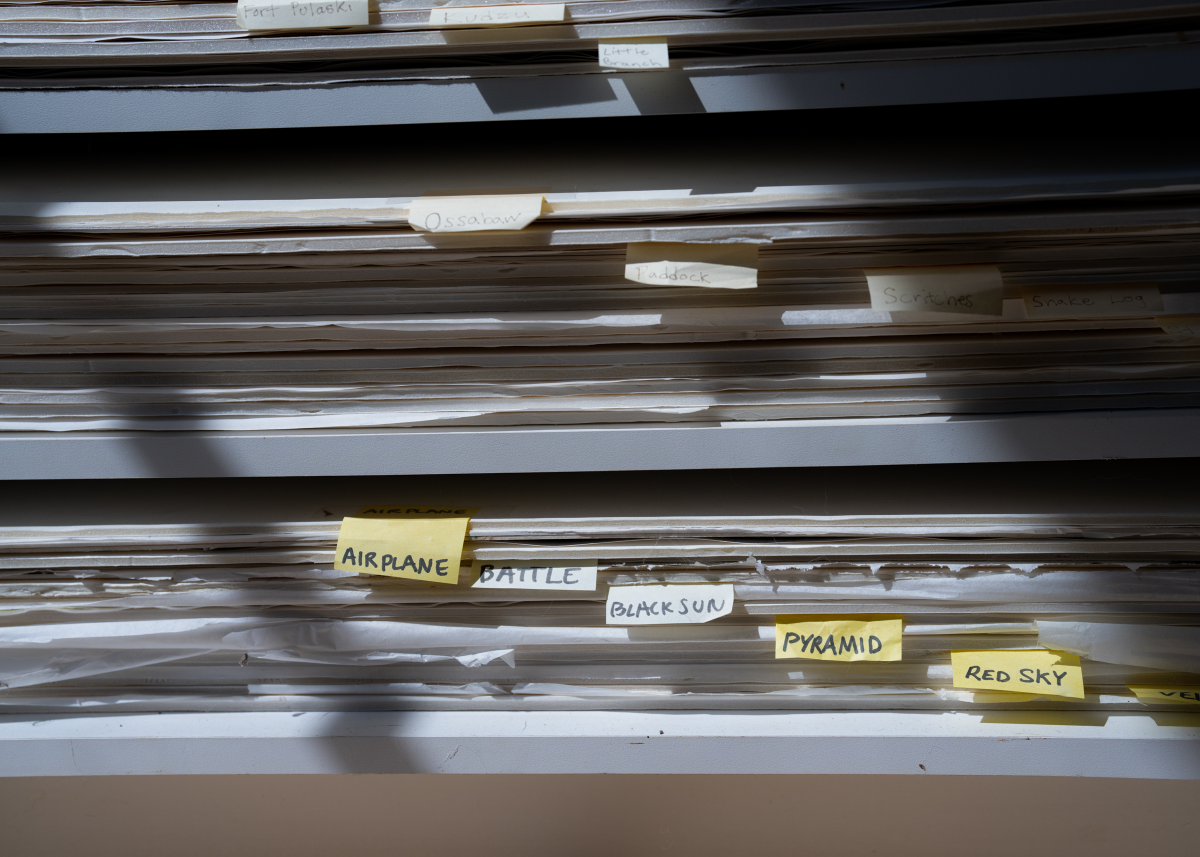
Mann has photographed the site of Emmett Till’s murder, corpses and her husband’s body weakened by muscular dystrophy, but she’s only faced significant backlash for her unvarnished renderings of everyday family life, from insect bites to a child’s bite, bloody noses, vomit and wet beds.
“I don’t want to be known as the controversial photographer,” Mann said, letting out a heavy sigh. She estimates having taken more than 4,000 shots for Immediate Family, with only around 60 of them printed or otherwise shown. Today, Mann said, she’s not sure she’d make the images public.
The photographs of her children are intimate. They’re shown sometimes in the nude, striking defiant, sublime poses and romping through the isolated hills and river banks of her isolated property on the outskirts of Lexington, Va., where she too grew up and that now spans nearly 800 acres. She lives here with her two rescued Belgian Malinois dogs and her husband of 55 years, Larry, once a blacksmith and a lawyer.

Mann succeeds in making her images appear fleeting and entirely spontaneous despite using an antique large-format view camera. The cumbersome nature of the equipment means the scenes often had to be staged.
She says she isn’t looking for the perfect crispness of large format photography found in the landscapes of Ansel Adams or Wynn Bullock, or in the prints of early master photographers — “they would not have me in their club.” Instead, she seeks out imperfections, and sublimes them.
Many of her lenses are cracked — radiating light — and a Deardorff camera she hauls all over the countryside in the back of her car was sourced from a dumpster. Mann develops her own prints. She got from a different dumpster a pricey enlarger, a projector-like darkroom tool that helps create an image on photographic paper. The resulting prints are dreamy and mysterious, evoking a time beyond time.
“That’s always been a motivation for me — to try and somehow meld loss and beauty and mystery and irony and memory and nostalgia and all that is rolled together in the South,” Mann said. “It has to be beautiful … because if we’re going to persist as a species, we need beauty.”

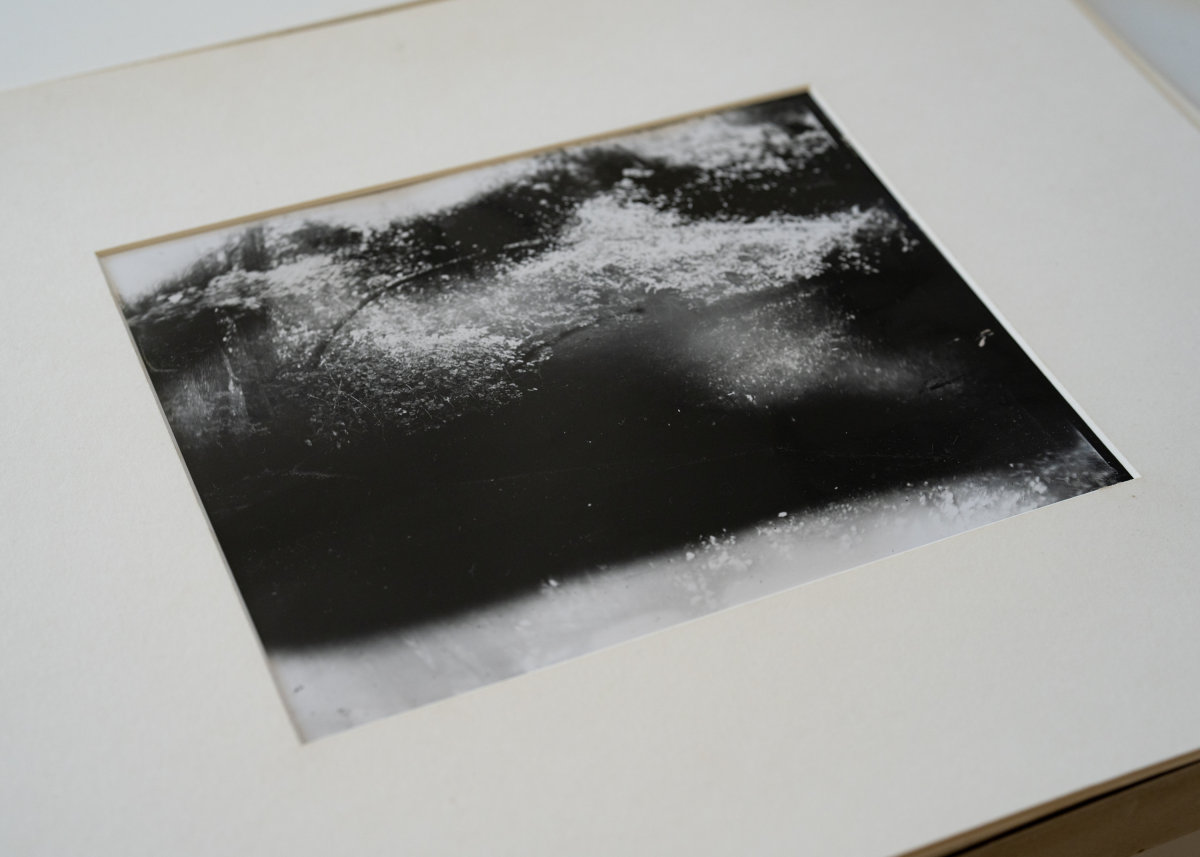
Down the hill from her house, Mann keeps a separate studio in a cabin for her work with wet-plate collodion. It’s a process that dates back two centuries, to the beginnings of photography. A glass plate is coated with a syrupy emulsion of collodion — nitrocellulose in ether and alcohol — before being placed in the camera and exposed.
When Mann first started working with the process, there were very few practitioners — whom she sought out. In recent years, it’s had a rebirth of sorts and “you can’t throw a dead cat without hitting someone with a collodion camera,” she snorted.
Taking a sniff from a bottle of collodion on the table, she noted its intoxicating smell: “It’s supposed to cure pain but never cured mine.” That incurable pain includes the death of her son, Emmett, at the age of 36 after a struggle with schizophrenia in adulthood. Her new memoir is dedicated to him, “O lost, and by the wind grieved.”
As her children became adults, Mann turned her lens on southern landscapes, places like Civil War battlefields or swamps used by people escaping slavery during the antebellum period.
“The South just runs through all my work,” she said. “There’s something about southern light that’s irresistible, but also the complexity that underlies its history.” Mann, who grew up in the segregated South, says that complexity includes racism and slavery.
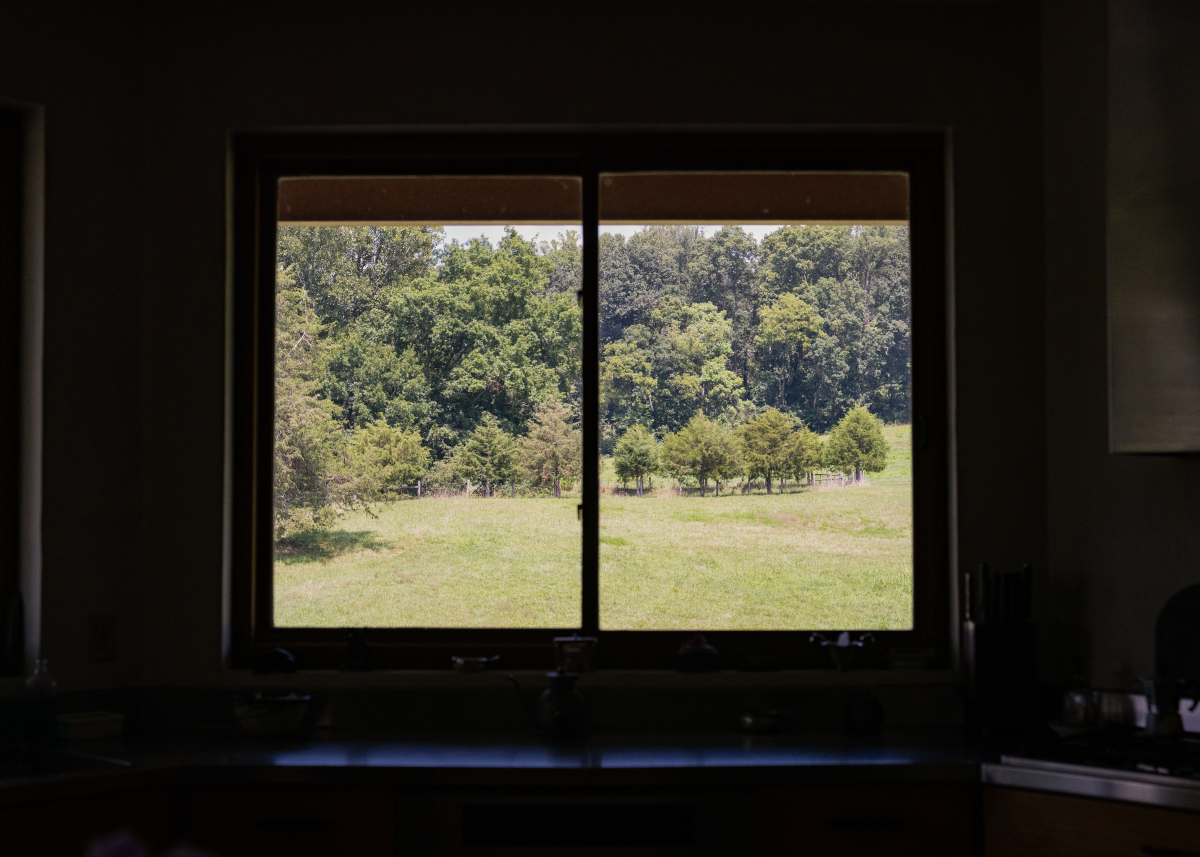
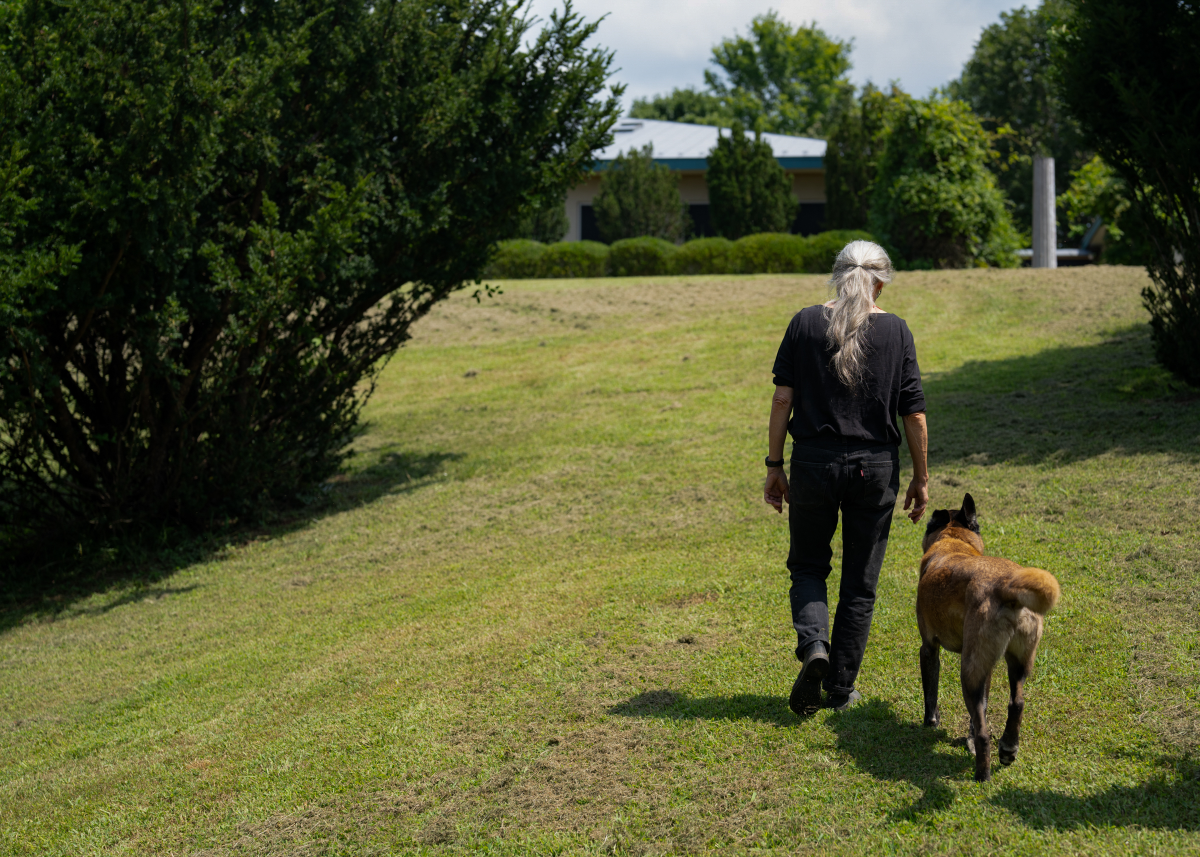
At 74, she’s now focusing on the James River and Point Comfort, where the first boat carrying enslaved people docked in 1619. One of the river’s tributaries runs near her home.
The images have also grown more experimental in recent years. When she does dip into digital photography, Mann jerry-rigs her camera with an uncoated antique lens. While developing a print from her latest series, she accidentally solarized it — reversing its tones — when she turned on her phone in a corner of the dark room. A surreal streak of light spread across the image. She’s been trying to replicate this happy accident ever since.
Her memoir is ostensibly aimed at budding creatives, packed with practical advice and anecdotes, divided into topics like luck, your darlings — as in those you kill through ruthless self-editing — and rejection, like a searing one from a gallerist in 1977 that left her in tears. Or, simply, as Mann puts it in her opening line: “This is a book about how to get s*** done.”
Mann wants young artists to know it took time — 20 years — for her to gain major recognition, financial hardship included.
“You have to be prepared to do work in obscurity. I think that’s one of the most important things in this book — early success can be really, really dangerous. And I think you have to be prepared to make a lot of work over a long period of time,” she said. “If it’s good enough work, irrespective of how many rejections you’ve had … it will be received. It will be seen eventually. I truly believe that you can live in upstate Wisconsin. You can live in Arkansas. You can live in Appalachia like I do. And if your work is good enough, it won’t be ignored.”
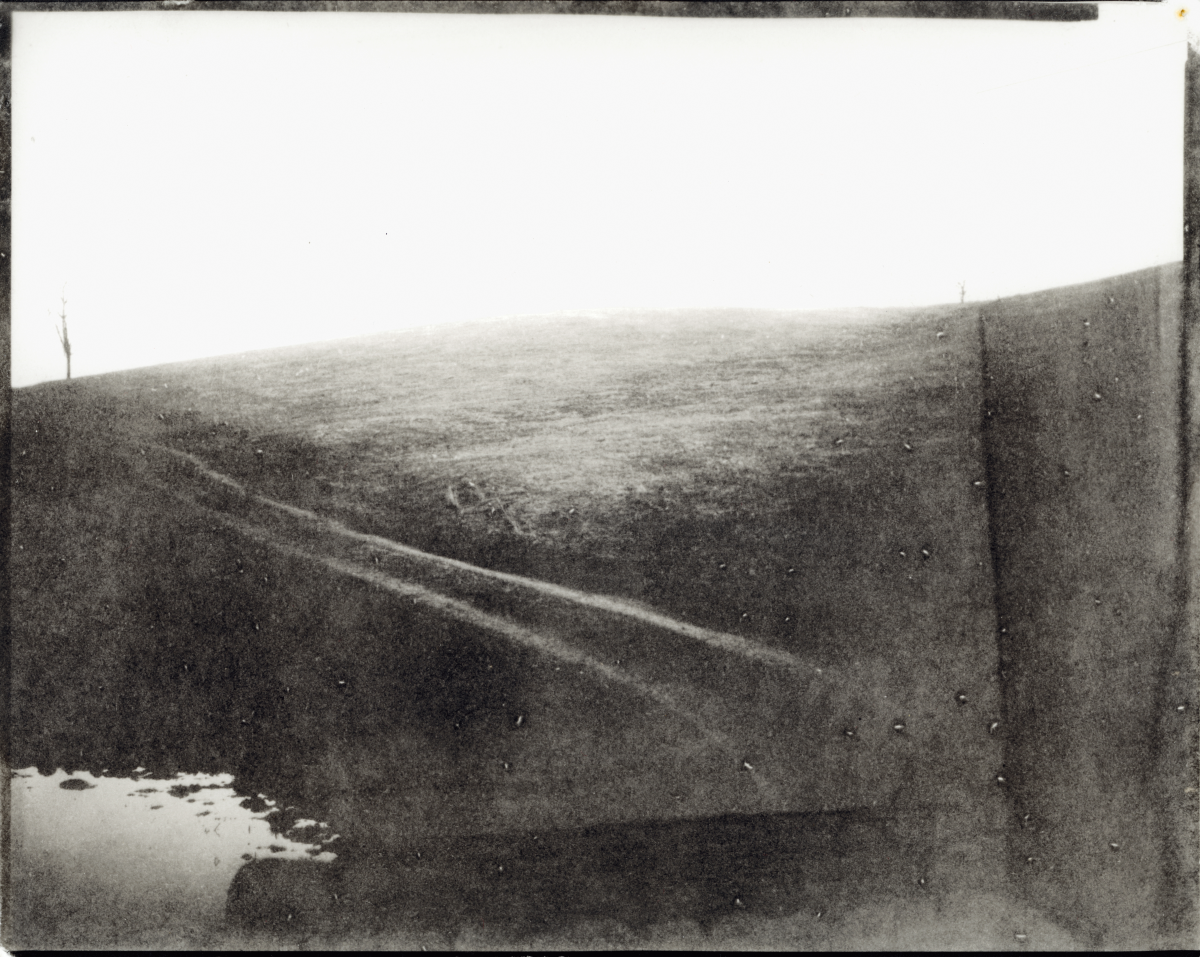
Today, hardly a month goes by without a show that includes her work somewhere in the world. A major traveling survey kicks off next year, with stops in Asia and South America. And in 2027, Gagosian Gallery, whose flagship space is in New York, will host an exhibit of her Marital Trust series.
But her photographs face an uncertain future, as Mann reconsiders plans to donate her estate to the Virginia Museum of Fine Arts since it receives public money.
“The ripples of this new regime are far-reaching, even reached to little old me. I don’t know what to do,” she said. “Even if they held them and took perfect care of them and the prints themselves weren’t at any risk, the funding for the museum might be at risk.”

The broadcast version of this story was edited by Ashley Westerman. The digital version was edited by Obed Manuel.
‘Bomb cyclone’ forecasted to bring heavy snow, blizzard conditions and dangerous travel
A 'bomb cyclone' is intensifying severe winter weather for millions of people across the U.S. The system is expected to knock out power and disrupt holiday travel.
Russia sends 3 Iranian satellites into orbit, report says
The report said that a Russian rocket sent the satellites on Sunday from a launchpad in eastern Russia.
Viral global TikToks: A twist on soccer, Tanzania’s Charlie Chaplin, hope in Gaza
TikToks are everywhere (well, except countries like Australia and India, where they've been banned.) We talk to the creators of some of the year's most popular reels from the Global South.
This painting is missing. Do you have it?
An important work from a rediscovered artist has been absent from public view since the 1970s. A New York curator is hunting for it.
Memory loss: As AI gobbles up chips, prices for devices may rise
Demand for memory chips currently exceeds supply and there's very little chance of that changing any time soon. More chips for AI means less available for other products such as computers and phones and that could drive up those prices too.
Brigitte Bardot, sex goddess of cinema, has died
Legendary screen siren and animal rights activist Brigitte Bardot has died at age 91. The alluring former model starred in numerous movies, often playing the highly sexualized love interest.

